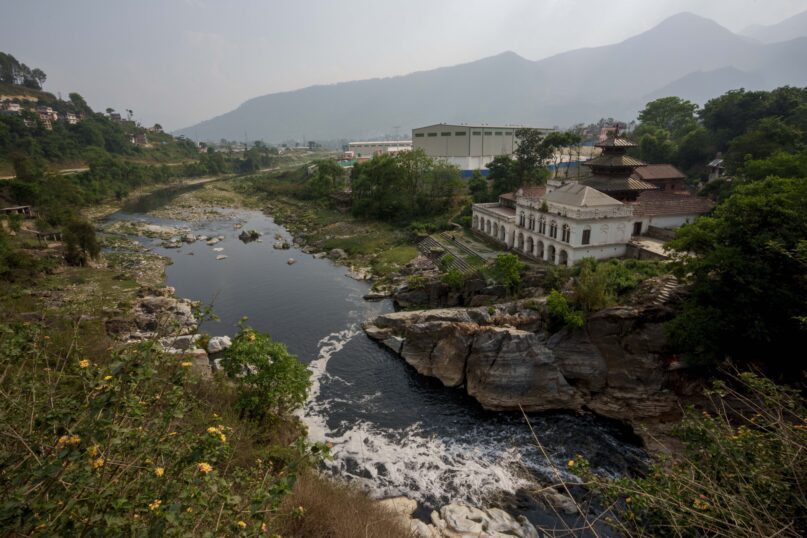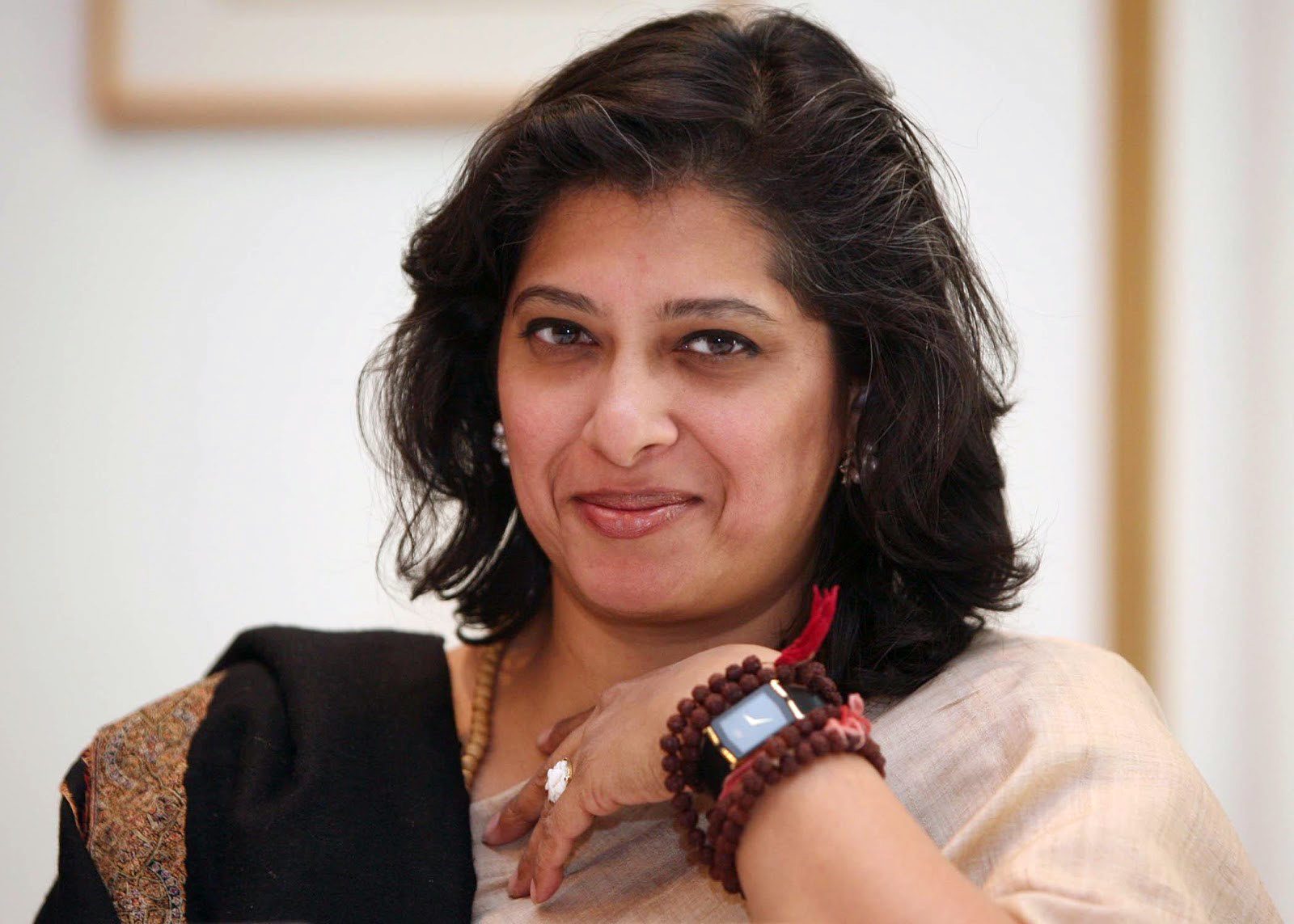Erin Snodgrass,Azmi Haroun
Sun, August 21, 2022

Kobe Bryant with his daughter Gianna at the WNBA All Star Game at Mandalay Bay Events Center in Las Vegas in July 2019.
The first full week of the trial between Vanessa Bryant and LA County came to a close on Friday.
Plaintiffs' attorneys zeroed in on LA sheriff's deputies' efforts to hide photos of the crash site.
A legal expert told Insider that the testimony could spell trouble for the department.
The eighth day of Vanessa Bryant's trial against Los Angeles County reached an emotional fever pitch on Friday as the NBA widow took the stand to deliver heart-wrenching testimony about the loss of her husband and 13-year-old daughter.
Vanessa Bryant is suing the county and other defendants over allegations that LA sheriff's deputies and LA County Fire Department captains took and shared graphic photos of the January 2020 helicopter crash that killed nine people, including NBA star Kobe Bryant and his daughter Gianna.
Vanessa Bryant testified this week that after she learned about the photos, she felt she had two choices: "try to live my life or end it." Dressed in all black and frequently breaking down in tears, Bryant's testimony was undeniably affecting.
The preceding seven days in the LA courtroom were noticeably devoid of extreme emotion as a revolving door of LA sheriff's deputies and fire captains took the stand and testified about their involvement in the county-wide circulation of gruesome pictures from the crash site.
A county coroner early in the trial described the scene's utter carnage, offering jurors insight into the horrifying images likely captured by the first responders who snapped improper photos — some including human remains — that would make their way to several people in the aftermath of the crash, ultimately prompting an agency-wide effort to keep them contained.
Among the wreckage was a deluge of remains, including a dismembered torso, the coroner testified last week. The majority of the victims had to be scientifically identified because their wounds were so extreme, she said. Kobe Bryant was partially identified by his skin tone and the tattoos on his arm. A bartender who saw photos later said "there were just parts."
As the deputies and captains implicated in the spread of the photos took the stand one by one this past week, they offered myriad reasons for why they took, and then shared, the graphic photos: curiosity got the better of them; they believed it was part of their job; or, as two back-to-back deputies testified, it was a way to "alleviate stress."
But the most damning consequences stemming from the trial are unlikely to fall upon individual deputies, Neama Rahmani, a former federal prosecutor and president of West Coast Trial Lawyers, told Insider this week. The real trouble, he posited, is hanging over the already scandal-ridden agency at the heart of the case.
"This case is important, obviously," Rahmani said. "But there's gonna be political and legal ramifications for the sheriff's department above and beyond this case."
A lawyer for the county refuted Rahmani's analysis of the trial thus far in a statement to Insider.
"To the contrary, the testimony in this trial has repeatedly shown that County emergency personnel responded heroically to the January 2020 helicopter crash and that since then, the County has successfully prevented any of its site photography of the incident from ever being publicly disseminated," Mira Hashmall, partner at the Miller Barondess law firm and lead outside counsel for Los Angeles County in the Vanessa Bryant case, said.
"It is undisputed these images do not exist in the media or on the Internet, and the families have never seen them. A neutral forensic examination confirmed there are no remaining photos containing victims' remains," Hashmall added. "The County is not responsible for the Plaintiffs' decision to publicize in this trial the graphic details of the fatal injuries suffered by their loved ones — precisely the information the County has worked tirelessly over the last two and a half years to keep confidential."

Investigators work the scene of a helicopter crash that killed former NBA basketball player Kobe Bryant and his teenage daughter, and seven others in Calabasas, Calif., on Jan. 27, 2020.(AP Photo/Mark J. Terrill, File)
A department's attempt to contain controversy
Plaintiff's lawyers thus far have zeroed in on the extensive efforts LASD took to keep the photos a secret in the aftermath of the crash, including issuing a department-wide deletion order.
The agency's attempts may have even proved successful, Rahmani said, if not for the work of intrepid reporters and the brazenness of certain deputies.
A private citizen just days after the crash filed a complaint with the agency after he said he witnessed an LASD deputy trainee showing a bartender photos of victims' remains while at a Norwalk bar.
Less than a month later, a woman who lost family members in the crash also filed a complaint with the county fire department after witnessing a group of LA fire captains and their partners looking at photos from the crash while at an awards gala.
The first complaint prompted the head of LASD, Sheriff Alex Villanueva, to issue a sprawling deletion order to "not let the photos see the light of day," kicking off a deeply reactive department response that has led plaintiff's attorneys to accuse the agency of a cover up.
When a Los Angeles Times reporter began probing into the complaint and erasure a month after the crash, the department feigned ignorance. Chief Jorge Valdez, then a media relations captain, alongside Villanueva lied to the newspaper, denying any knowledge of the complaint or deletion order, Valdez testified earlier this week.
Meanwhile, a USB containing surveillance footage of the incident at the bar sat on Valdez's desk for nearly a month without any official review. It wasn't until two days after the bombshell LA Times piece was published that the department started its own internal investigation into the spread, Valdez testified.
"The biggest takeaway," Rahmani said of the trial's first week, "is how shady the LA County Sheriff's Department is."
Deputies' stories have changed numerous times from what they said in the internal investigation to what they said in depositions and on the stand this past week. Deputies have also claimed failed memory while on the stand.
Plaintiff's attorneys this week provided testimony suggesting the department's efforts to cover up the scandal went even further than previously reported.
A tech expert hired by Bryant's lawyers told the courtroom on Wednesday that a September 2021 analysis found that deputies "violated fundamental forensic policies" when they deleted the crash site photos. Nine of eleven phones turned in by LASD staff for the analysis were new since the January 2020 crash, and another – the phone that was used to show crash site photos at the bar – was reset to factory settings, rendering any attempt to use metadata to track the spread of photos impossible.
Lawyers for the victims have accused the sheriff's department of deleting evidence.
Bryant's legal team sent a letter on March 2, 2020, notifying the county of litigation and asking for the preservation of any evidence. As a law enforcement agency, the sheriff's department almost certainly would have known, or been informed by legal counsel that they needed to preserve evidence in the case, Rahmani said.
While it's unclear when exactly new LASD phones were purchased or reset after the crash, if deputies destroyed or failed to preserve key evidence after it became clear that litigation was imminent, it would be considered "spoliation of evidence," Rahmani said.
Such actions could lead to repercussions, he added, including the judge issuing adverse jury instructions or even civil or criminal prosecution of the deputies — though Rahmani said such an extreme response is unlikely in the case at this point.
Villanueva was the final witness to take the stand this week. As the county's first witness, he defended the deletion order in full, saying "the longer we delayed, it was a universe that was expanding infinitely."
The sheriff offered new insight into the specifics of the order, saying he told deputies to come forward with any photos and details about who had sent them in exchange for no disciplinary action.
"Dealing with a crisis is more important than policies," Villanueva said, as he described the initial crash scene as "utter bedlam," with fans and media descending upon the ravine. "There was no playbook for a situation like this."
Disagreeing with previous interviews from March 2020, where he said that only the coroner's office and NTSB should have taken photos, Villanueva testified this week that information he's gleaned since then about the brush fire and the threat of "looky-loos" at the crash site meant that some of his staff did the right thing by taking photos at the crash scene to "preserve the scene" for federal investigators.

Vanessa Bryant, center, the widow of Kobe Bryant, leaves a federal courthouse in Los Angeles, Wednesday, Aug. 10, 2022.(AP Photo/Jae C. Hong)
Scandal after scandal at the embattled LASD
The agency in recent years has battled a barrage of negative press stemming from a slew of misconduct allegations.
The Times in 2018 first reported the existence of "deputy gangs" operating within the department, though the secretive cliques have reportedly been an agency issue for decades. Subsequent revelations about the number of subgroups have kept the department embroiled in controversy.
Then, about a year after the Kobe Bryant helicopter crash, the agency was once again on the defense, after sheriff officials tried to keep quiet an incident in which a deputy knelt on the head of a handcuffed inmate for multiple minutes. The deputy in question was also involved in the Kobe scandal, accused of taking and sharing photos of the crash site.
The compounding crises could spell trouble for Villanueva, who is locked in a "pretty big fight" for his political career ahead of the upcoming November election, Rahmani said.
The sheriff's department, which has policing jurisdiction in smaller, more rural, often poorer areas than the Los Angeles Police Department, has much less oversight than the citywide agency, Rahmani said. As a result, the people impacted by LASD policing often don't have the means to bring sweeping lawsuits against the powerful organization, he added.
But Vanessa Bryant did.
It's not impossible to imagine that the one-time NBA wife could be the nail in Villanueva's career coffin, Rahmani posited, especially if the county is ultimately hit with a massive judgment in the case.
"The fact that you have the sheriff's department allegedly acting like criminals, covering up crimes, that's a huge problem."
Read the original article on Insider












